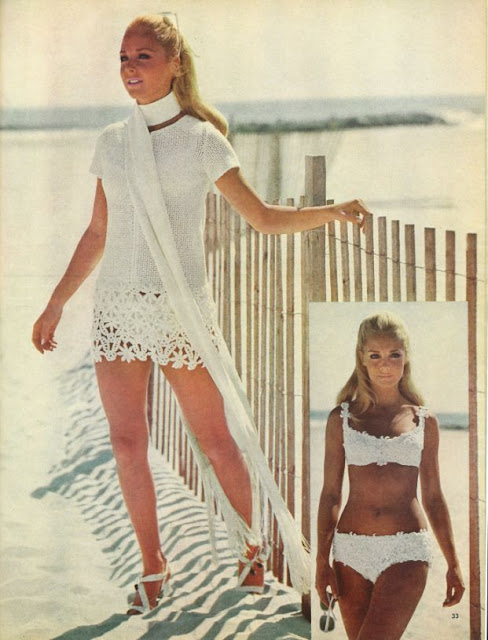If McCall Fashion Book can be believed, the "must-have" fabrics for coats in 1941 were plaids. Every coat listed in its Autumn issue was illustrated in a plaid version, often with a caption pointing out how suitable plaids would be for making it up.
To modern eyes, these coats appear decidedly formal. The writers of 1941 spent a lot of ink telling us how casual they were. This, more than anything, tells us how standards have changed since then.
Shoulders were inevitably "well-padded", though "rounded"!
CLOTH OR FUR CLOTH
The casual coats all have an excessively casual appearance this season. The nth degree of casualness. They are bulky-looking, with wide sleeves, deep armholes, huge pockets. Like all of them, this coat has the look of slipping easily over anything—dress, jacket or suit. It has the new smooth shoulder, well padded even though rounded.




















































